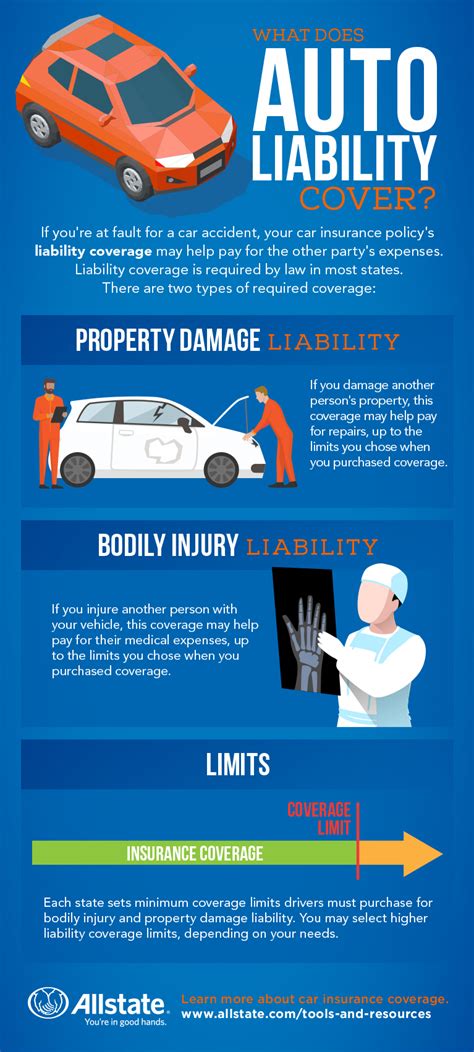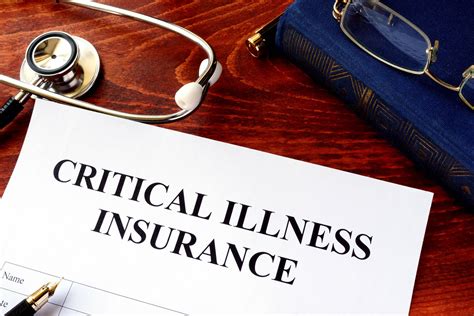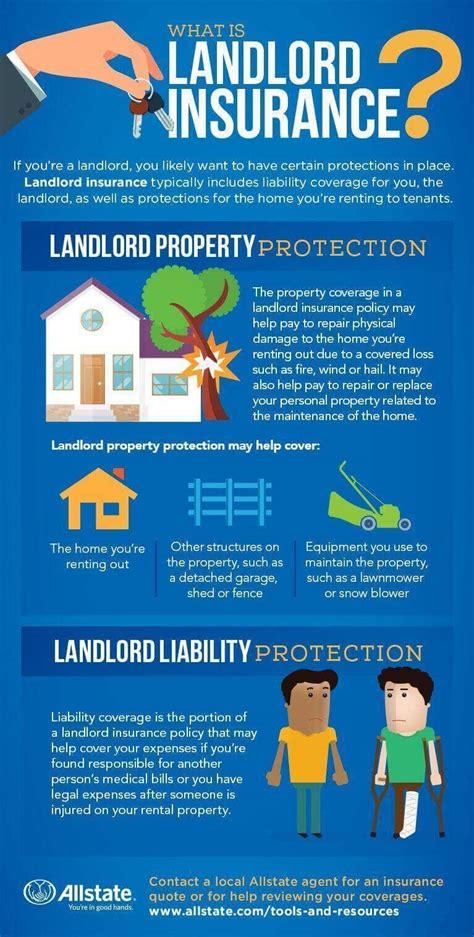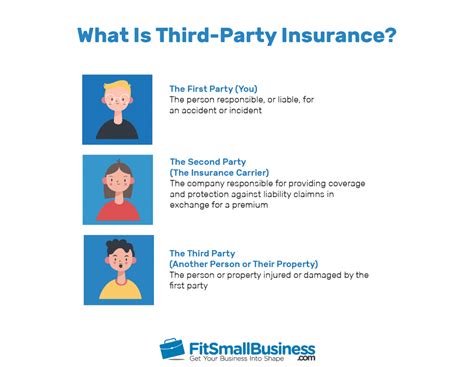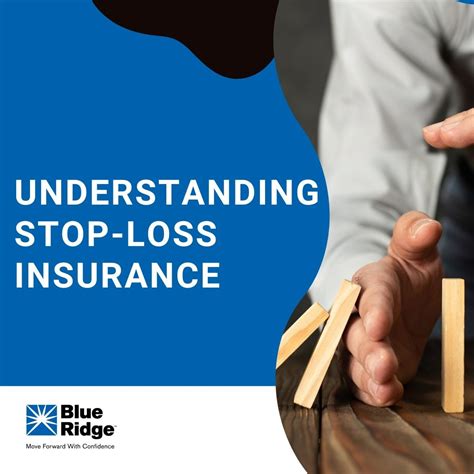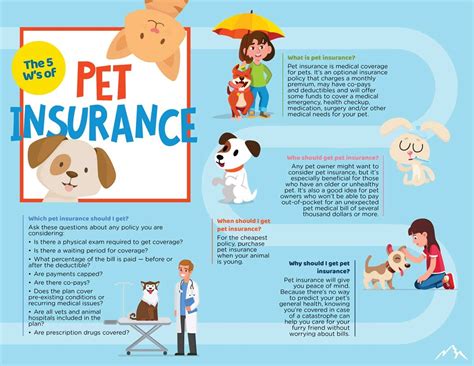Learn the importance of liability car insurance, minimum requirements, coverage limits, and how to choose the right policy. Get the right coverage today!
Understanding Liability Car Insurance
Contents
Liability car insurance is a type of auto insurance that provides financial protection for a driver who is found to be at fault for causing an accident. This insurance coverage helps pay for the other driver’s medical expenses and property damage.
Liability coverage is important because it helps protect you from having to pay out of pocket for the other driver’s expenses if you are at fault in an accident. Without liability insurance, you could be held personally responsible for the costs of medical treatment, vehicle repair, and other damages.
In many states, having a minimum amount of liability insurance is required by law. These minimum requirements for liability insurance vary by state, but they are typically expressed as a series of numbers, such as 25/50/25, which refer to the maximum amount that the insurance company will pay for bodily injury per person, bodily injury per accident, and property damage.
It’s important to understand the coverage limits and options when choosing a liability policy. Higher coverage limits may provide a greater level of financial protection, but they may also come with higher premiums. It’s crucial to find the right balance between the coverage you need and what you can afford.
When it comes to choosing the right liability policy, it’s essential to consider your individual circumstances and potential risks. Consulting with an insurance agent can help you understand the different options available and select the best policy for your needs.
Importance of Liability Coverage
Liability coverage is an essential aspect of car insurance, as it provides financial protection in the event of an accident for which you are at fault. This type of coverage helps pay for the other party’s medical expenses, vehicle repairs, and other costs resulting from the accident. Without liability coverage, you would be personally responsible for covering these expenses, which can be financially devastating.
It’s important to note that liability coverage is typically required by law in most states. Driving without this coverage can result in hefty fines, license suspension, or even legal action. Therefore, it’s crucial to have sufficient liability coverage to comply with your state’s minimum requirements.
Furthermore, liability coverage also offers peace of mind, knowing that you are protected in the event of an accident. It can help alleviate the stress and financial burden of dealing with costly accident-related expenses. Additionally, having liability coverage can protect your assets, as it helps shield you from potential lawsuits and claims brought against you by the other party involved in the accident.
It’s worth noting that there are different levels of liability coverage available, and it’s important to carefully consider your coverage limits and options. Choosing the right liability policy that meets your specific needs and financial situation is essential for ensuring adequate protection.
Minimum Requirements for Liability Insurance
When it comes to car insurance, liability coverage is a crucial aspect to consider. In most states, drivers are required to have a minimum amount of liability insurance in order to legally operate a vehicle. This type of coverage is designed to protect you in the event that you are at fault in an accident, and it helps cover the costs of property damage and bodily injuries sustained by other parties involved.
It’s important to note that the minimum requirements for liability insurance can vary from state to state. In some states, drivers are required to carry a certain amount of coverage for bodily injury liability per person and bodily injury liability per accident. Additionally, there may be a separate requirement for property damage liability.
For example, a state might require drivers to carry a minimum of $25,000 in bodily injury coverage per person, $50,000 in bodily injury coverage per accident, and $15,000 in property damage coverage. These amounts can differ significantly from state to state, so it’s essential to familiarize yourself with the minimum requirements in your location.
It’s important to keep in mind that these minimum requirements may not provide adequate coverage in the event of a serious accident. In some cases, additional coverage may be necessary to protect your assets and future earnings. Choosing to carry more than the minimum required liability insurance can provide you with greater peace of mind and financial security.
Coverage Limits and Options
Coverage Limits and Options
When it comes to liability car insurance, it’s important to understand the various coverage limits and options available to you. This type of insurance provides financial protection in the event that you are at fault in a car accident and cause damage to someone else’s property or injure another person. The coverage limits refer to the maximum amount that your insurance company will pay out for a covered claim. The options, on the other hand, allow you to customize your policy to best suit your needs and budget.
One of the most important aspects of liability insurance is understanding the different coverage limits that are available to you. These limits are typically expressed as three numbers, such as 30/60/25. The first number represents the maximum amount that your insurance will pay for injuries sustained by a single person in an accident. The second number represents the total amount that your insurance will pay for all injuries in an accident. The third number represents the maximum amount that your insurance will pay for property damage.
When it comes to options, there are several available to you when customizing your liability policy. You may have the option to add additional coverage for uninsured or underinsured motorists, as well as medical payments coverage which can help pay for medical expenses for you or your passengers. Some insurance companies also offer umbrella policies, which provide additional liability coverage above and beyond your standard policy limits.
It’s important to carefully consider your coverage limits and options when choosing a liability car insurance policy. While it can be tempting to opt for the minimum required coverage to save money, it’s worth considering the potential financial impact of being underinsured in the event of a serious accident. In some cases, increasing your coverage limits or adding additional options can provide valuable peace of mind and protection.
Choosing the Right Liability Policy
When it comes to car insurance, there are a variety of options available to drivers. However, one of the most important decisions you will make is choosing the right liability policy. Liability insurance provides coverage for damages and injuries that you are legally responsible for. This type of coverage is required in most states, so it’s essential to understand the different options available to you.
When choosing a liability policy, it’s important to consider the coverage limits and options that are available. Different policies will offer varying levels of coverage, so it’s important to evaluate your individual needs and select a policy that provides adequate protection. You may also want to consider adding additional coverage options, such as uninsured motorist protection or medical payments coverage, to your liability policy.
Another factor to consider when choosing a liability policy is the insurance company itself. It’s important to select a reputable and reliable insurance provider that will be there for you in the event of an accident. Research different insurance companies and read reviews to ensure that you are choosing a policy from a company that has a good reputation for customer service and claims handling.
Finally, it’s important to consider your financial situation when choosing a liability policy. While it may be tempting to opt for the minimum required coverage to save money on premiums, this could leave you financially vulnerable in the event of a serious accident. It’s important to strike a balance between affordable premiums and adequate coverage to ensure that you are protected in the event of an accident.

